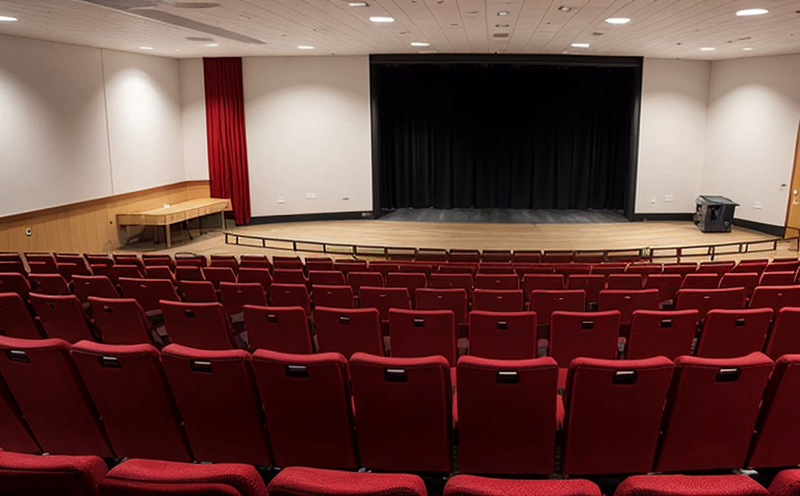
-
Fire Safety and Prevention Standards-
Fire Safety in Educational Institutions-
Designing Fire Safety Systems for Lecture Halls and Auditoriums
We provide comprehensive solutions designed to help our clients mitigate risks, enhance performance, and excel in key areas such as quality, health & safety, environmental sustainability, and social responsibility.
Discover
For many years, our organization has been operating successfully, boasting modern laboratories that meet international standards. These laboratories are equipped with the latest technology devices and equipment, and we have built a strong team of experienced and trained personnel to operate them.
DiscoverWelcome to Eurolab, your partner in pioneering solutions that encompass every facet of life. We are committed to delivering comprehensive Assurance, Testing, Inspection, and Certification services, empowering our global clientele with the ultimate confidence in their products and processes.
Discover
-
Fire Safety and Prevention Standards-
Fire Safety in Educational Institutions-
Designing Fire Safety Systems for Lecture Halls and AuditoriumsDesigning Fire Safety Systems for Lecture Halls and Auditoriums
Lecture halls and auditoriums are critical areas in educational institutions and public buildings that require specialized fire safety systems to protect occupants from potential fire hazards. The design of these systems must consider the unique aspects of these spaces, including their size, layout, occupancy levels, and usage patterns.
Overview of Fire Safety Systems for Lecture Halls and Auditoriums
Fire safety systems in lecture halls and auditoriums typically include a combination of automatic detection devices, alarm notification appliances, sprinkler systems, and emergency response plans. These systems are designed to detect fires at an early stage, alert occupants and building personnel, and provide a means for evacuation or firefighting.
Key Components of Fire Safety Systems
Smoke detectors (optical and ionization types)
Heat detectors
Flame detectors
Carbon monoxide detectors
Gas detectors (for spaces with gas-fired equipment or processes)
These devices are strategically placed throughout the lecture hall or auditorium to provide early detection of fires. Smoke detectors, for example, can detect smoke particles in the air, while heat detectors respond to temperature changes.
Strobes and horns (visual and auditory warning signals)
Voice alarm systems (clear instructions for evacuation or emergency procedures)
Flashing lights (visible from a distance)
Alarm notification appliances are designed to alert occupants of the building of a fire danger, using both visual and auditory means. These devices should be strategically placed throughout the lecture hall or auditorium to ensure maximum visibility and audibility.
Design Considerations for Lecture Halls and Auditoriums
When designing fire safety systems for lecture halls and auditoriums, several factors must be taken into account:
Occupancy levels
Layout and configuration
Type of occupancy (e.g., educational, public)
2. How often should smoke detectors be inspected and maintained in a lecture hall or auditorium?
At least once per month
Every 6 months
Annually
3. What types of automatic detection devices are commonly used in lecture halls and auditoriums?
Smoke detectors (optical and ionization types)
Heat detectors
Flame detectors
4. Can a single smoke detector be used to cover an entire lecture hall or auditorium, or are multiple detectors required?
Multiple detectors are usually required due to the size and layout of these spaces.
5. What role do alarm notification appliances play in fire safety systems for lecture halls and auditoriums?
They provide visual and auditory warnings of a potential fire danger
They control access to emergency exits
They alert building personnel to respond to an incident
6. Are there any specific regulations or codes that govern the design of fire safety systems in lecture halls and auditoriums?
Yes, local building codes and NFPA standards typically apply.
7. Can a fire safety system for a lecture hall or auditorium be designed without taking into account the type of occupancy (e.g., educational, public)?
No, the design must consider the specific needs and risks associated with each type of occupancy.
The design of fire safety systems for lecture halls and auditoriums requires careful consideration of various factors, including occupancy levels, layout, and configuration. By understanding these factors and implementing the correct fire safety measures, educational institutions and public buildings can provide a safe environment for occupants and minimize potential fire hazards.

Environmental Impact Assessment
Environmental Impact Assessment: A Comprehensive Guide Environmental Impact Assessment (EIA) is a c...

Trade and Government Regulations
Trade and government regulations play a vital role in shaping the global economy. These regulations ...
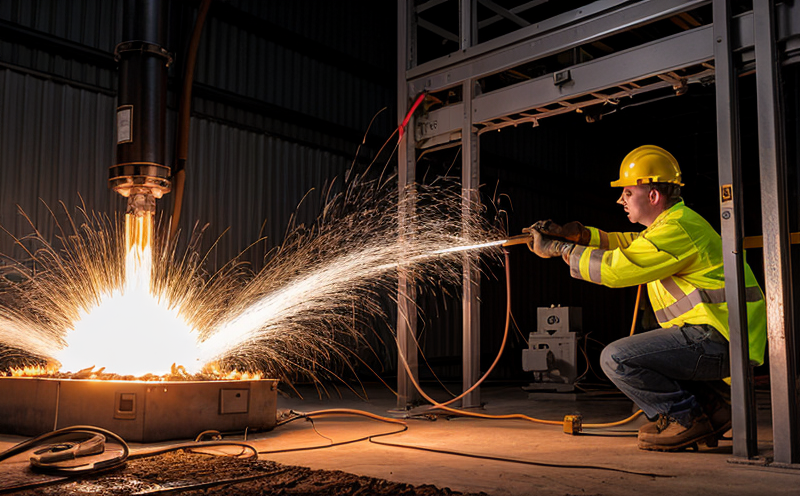
Electromechanical Safety Certification
Electromechanical Safety Certification: Ensuring Compliance and Protecting Lives In todays intercon...

Railway Industry Compliance
Railway Industry Compliance: Ensuring Safety and Efficiency The railway industry is a critical comp...

Aviation and Aerospace Testing
Aviation and Aerospace Testing: Ensuring Safety and Efficiency The aviation and aerospace industr...
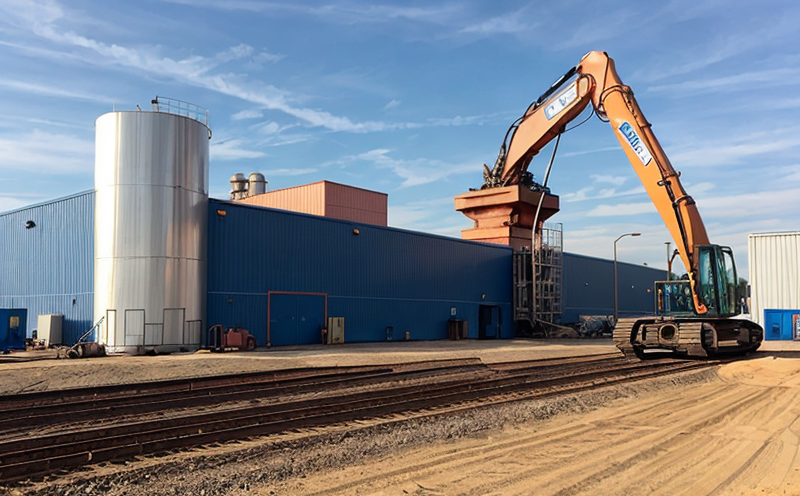
Industrial Equipment Certification
Industrial equipment certification is a critical process that ensures industrial equipment meets spe...
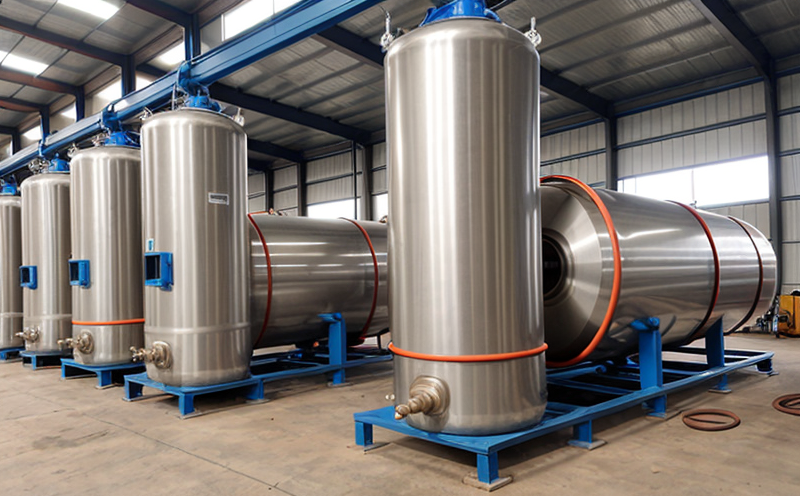
Pressure Vessels and Installations Testing
Pressure Vessels and Installations Testing Pressure vessels are a critical component of various ind...
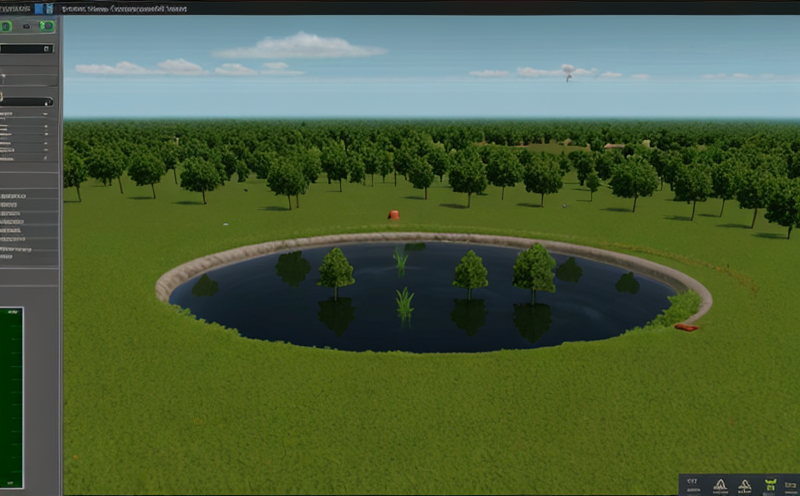
Environmental Simulation Testing
Environmental Simulation Testing: A Comprehensive Guide In todays world, where technology is rapidl...

Military Equipment Standards
Military Equipment Standards: Ensuring Effectiveness and Safety The use of military equipment is a ...

Food Safety and Testing
Food Safety and Testing: Ensuring the Quality of Our Food As consumers, we expect our food to be sa...

Agricultural Equipment Certification
Agricultural equipment certification is a process that ensures agricultural machinery meets specific...
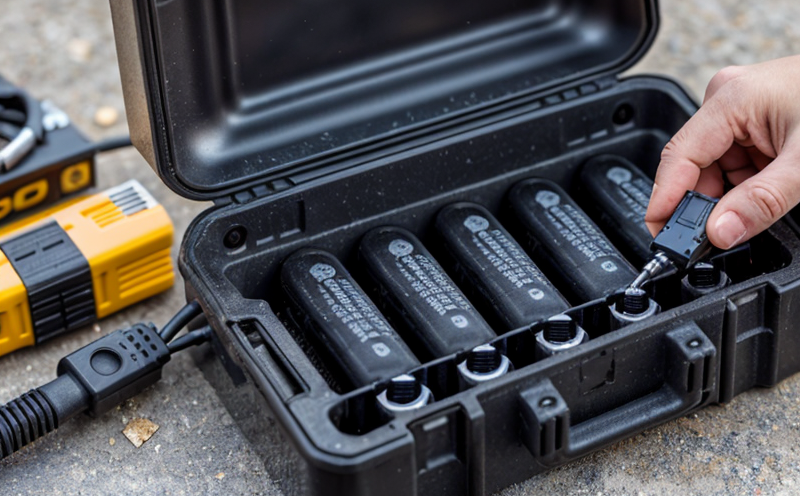
Battery Testing and Safety
Battery Testing and Safety: A Comprehensive Guide As technology continues to advance, battery-power...

NEBS and Telecommunication Standards
Network Equipment Building System (NEBS) and Telecommunication Standards The Network Equipment Bu...

Pharmaceutical Compliance
Pharmaceutical compliance refers to the adherence of pharmaceutical companies and organizations to l...
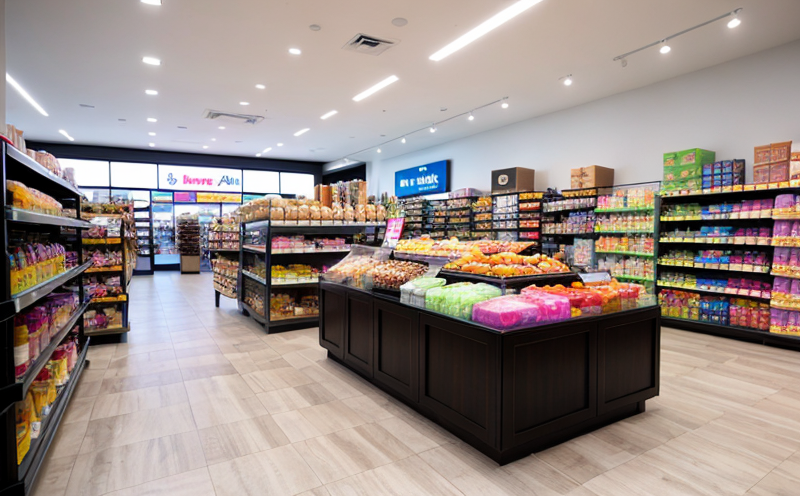
Product and Retail Standards
Product and Retail Standards: Ensuring Quality and Safety for Consumers In todays competitive marke...
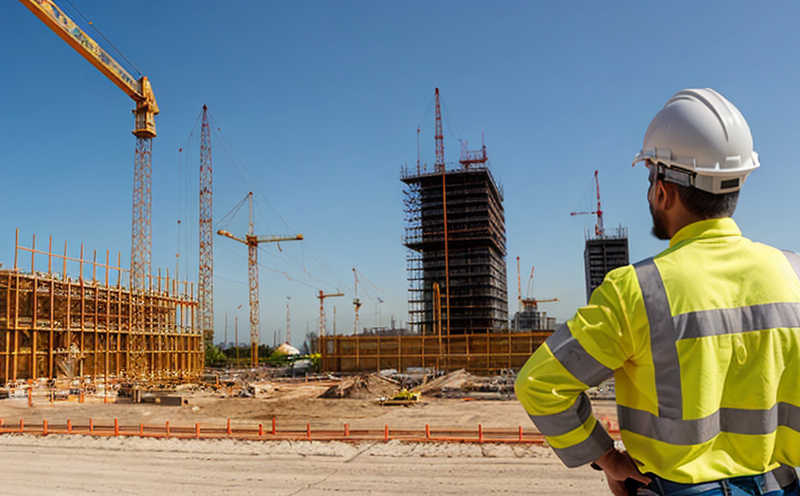
Construction and Engineering Compliance
Construction and Engineering Compliance: Ensuring Safety, Quality, and Regulatory Adherence In the ...

Transportation and Logistics Certification
Transportation and Logistics Certification: A Comprehensive Guide The transportation and logistics ...

Hospitality and Tourism Certification
Hospitality and Tourism Certification: Unlocking Opportunities in the Industry The hospitality and ...
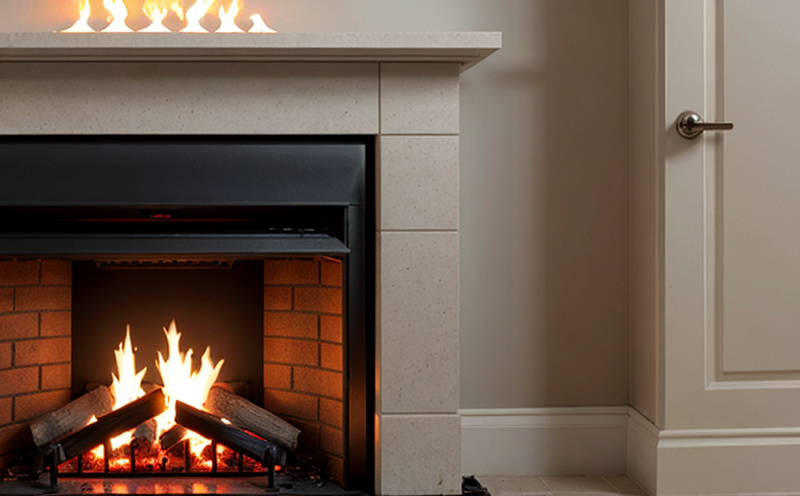
Fire Safety and Prevention Standards
Fire Safety and Prevention Standards: Protecting Lives and Property Fire safety and prevention stan...
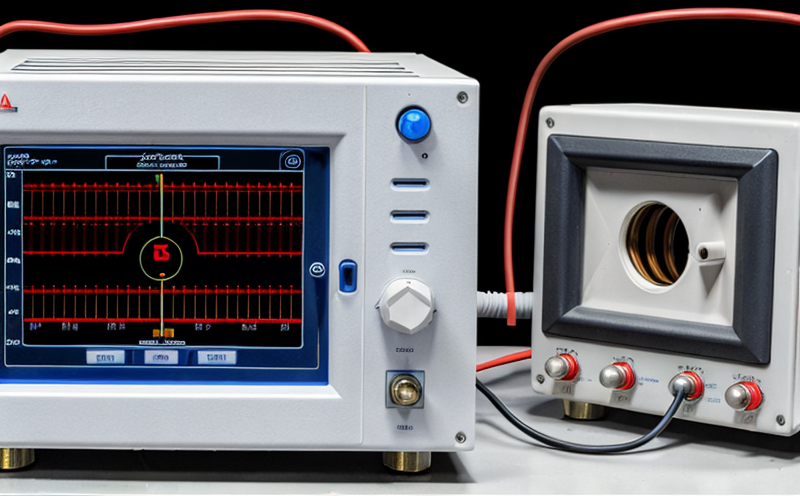
Electrical and Electromagnetic Testing
Electrical and Electromagnetic Testing: A Comprehensive Guide Introduction Electrical and electrom...
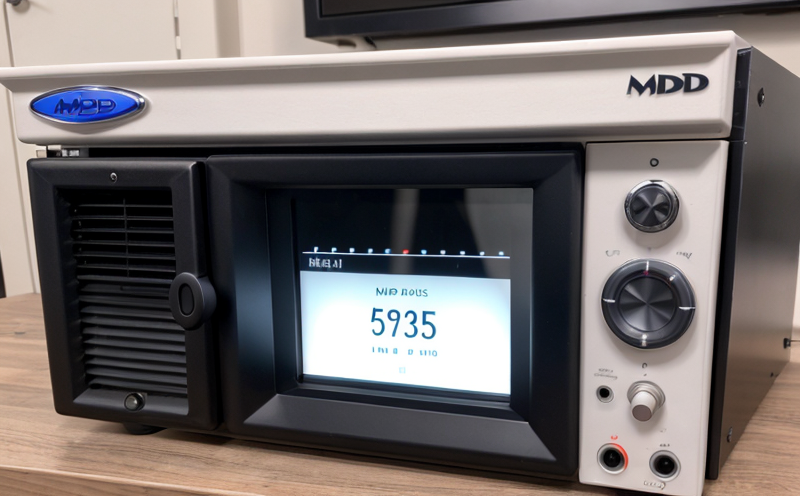
MDR Testing and Compliance
MDR Testing and Compliance: A Comprehensive Guide The Medical Device Regulation (MDR) is a comprehe...

Consumer Product Safety
Consumer Product Safety: Protecting Consumers from Harmful Products As a consumer, you have the rig...

Energy and Sustainability Standards
In today’s rapidly evolving world, businesses face increasing pressure to meet global energy a...

Automotive Compliance and Certification
Automotive Compliance and Certification: Ensuring Safety and Efficiency The automotive industry is ...
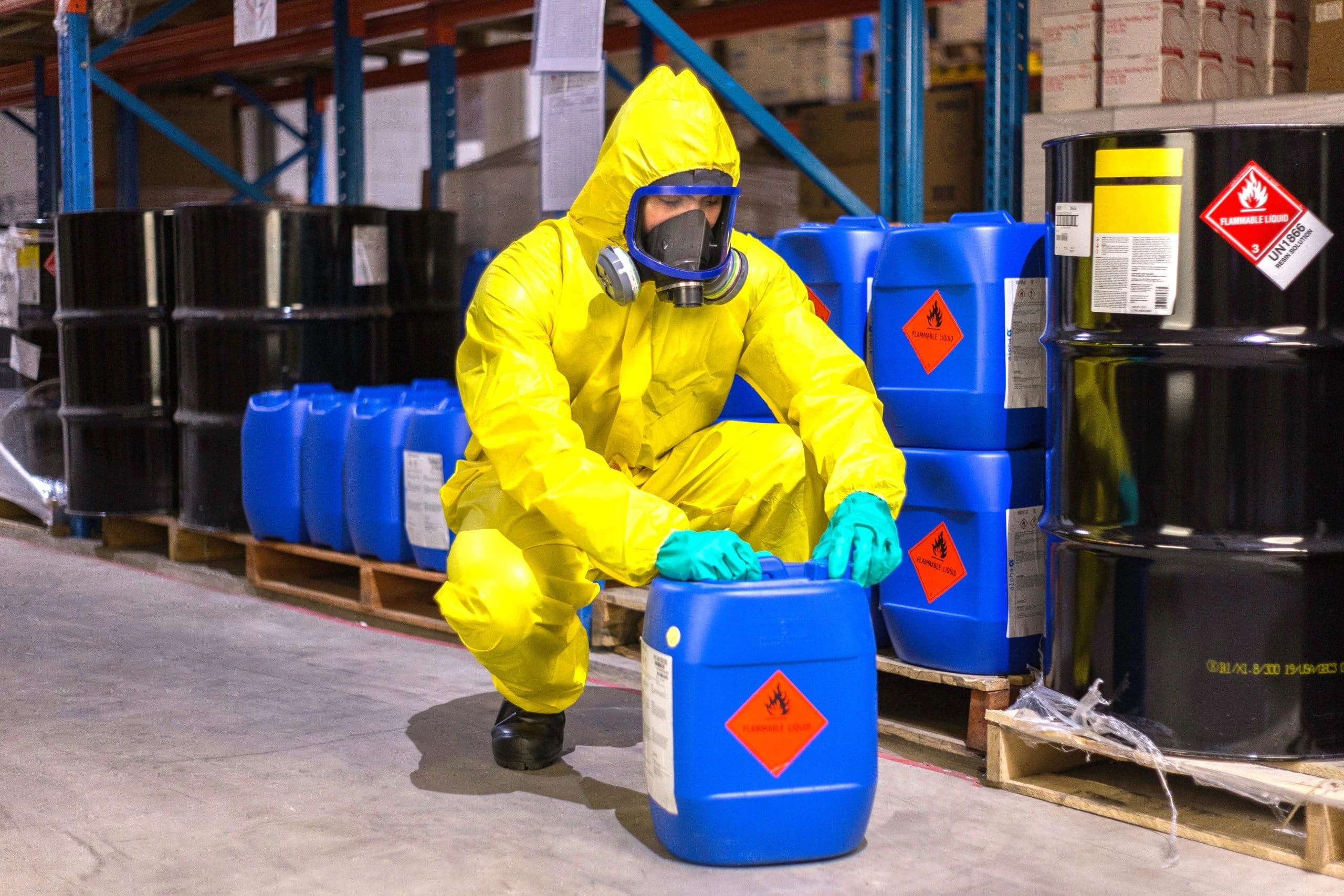
Chemical Safety and Certification
Chemical safety and certification are critical in ensuring the safe management of products and proce...
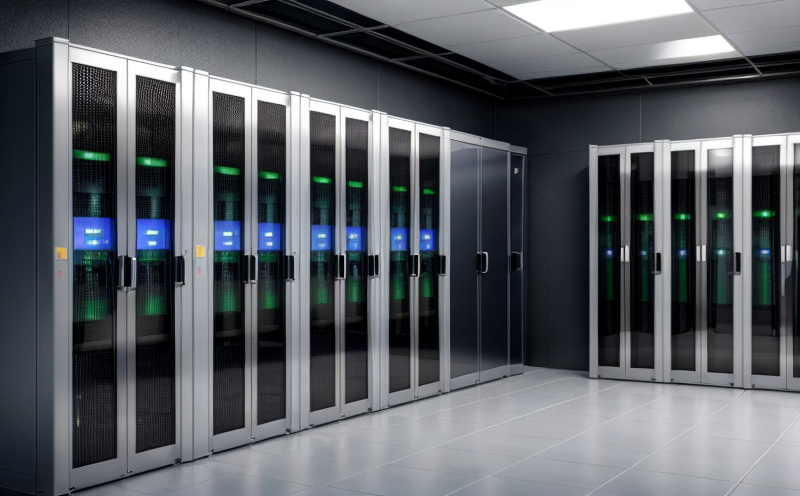
IT and Data Center Certification
IT and Data Center Certification: Understanding the Importance and Benefits The field of Informatio...

Renewable Energy Testing and Standards
Renewable Energy Testing and Standards: Ensuring a Sustainable Future The world is rapidly transiti...

Cosmetic Product Testing
The Complex World of Cosmetic Product Testing The cosmetics industry is a multi-billion-dollar ma...
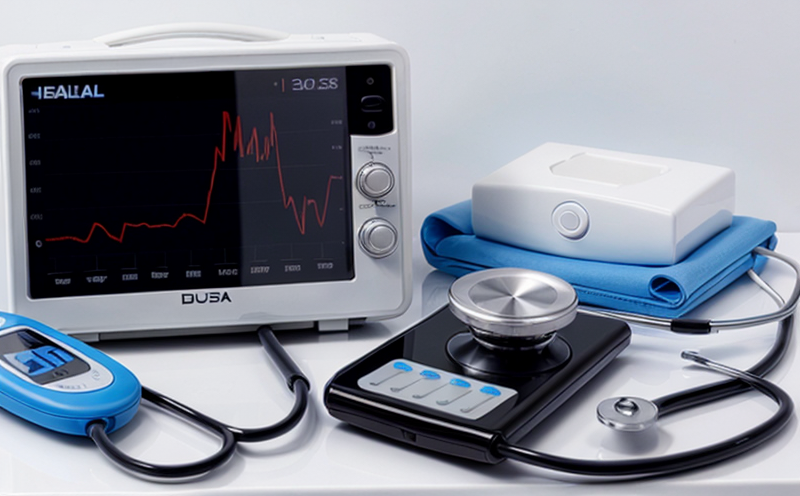
Healthcare and Medical Devices
The Evolution of Healthcare and Medical Devices: Trends, Innovations, and Challenges The healthcare...
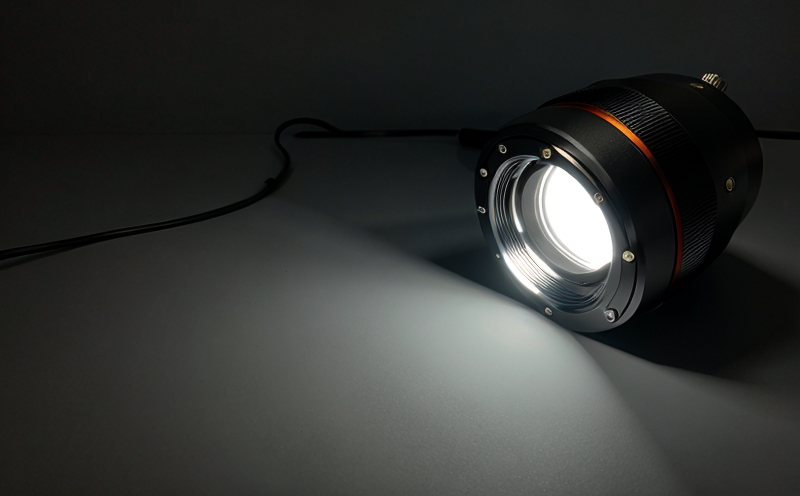
Lighting and Optical Device Testing
Lighting and Optical Device Testing: Ensuring Performance and Safety Lighting and optical devices a...